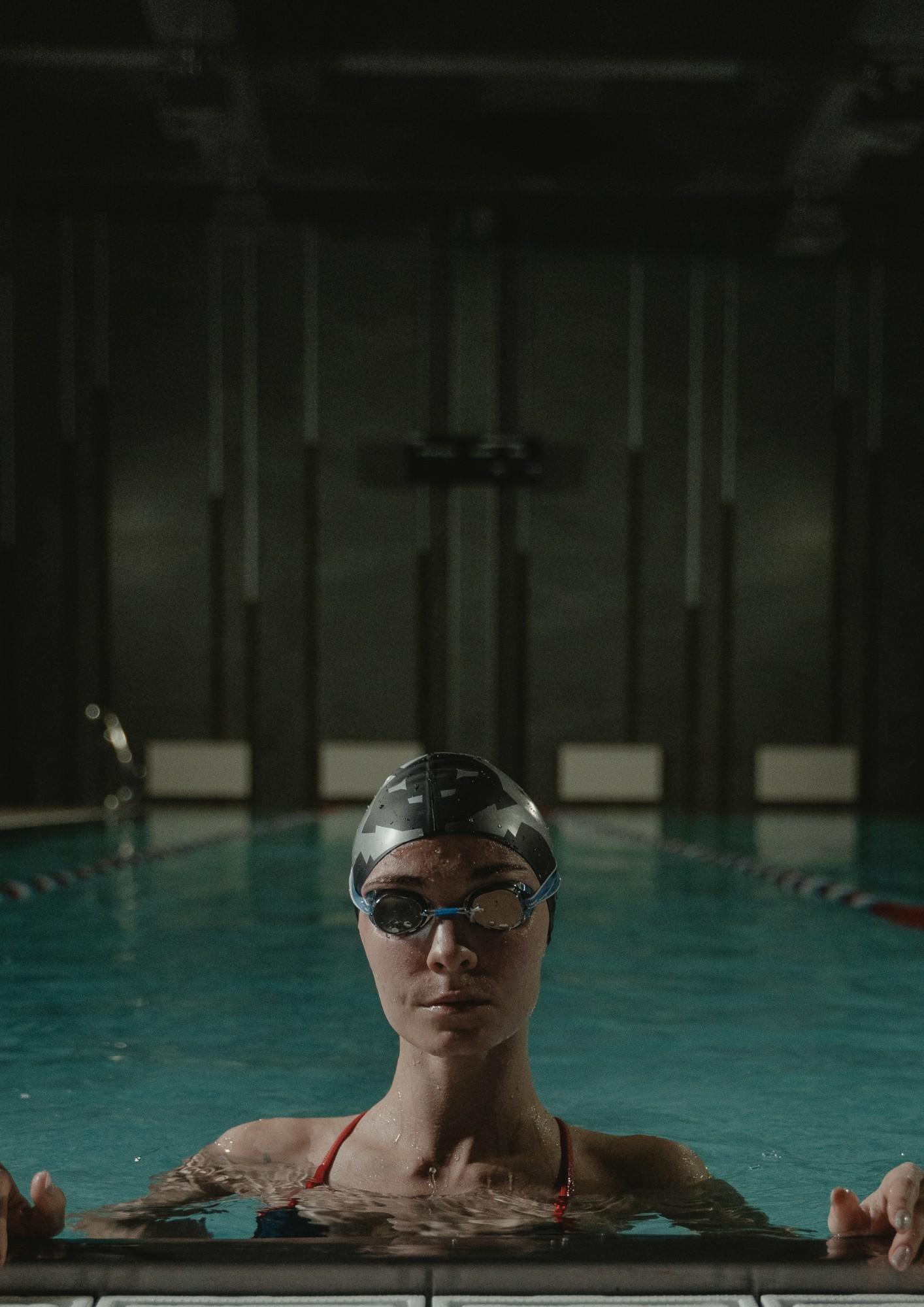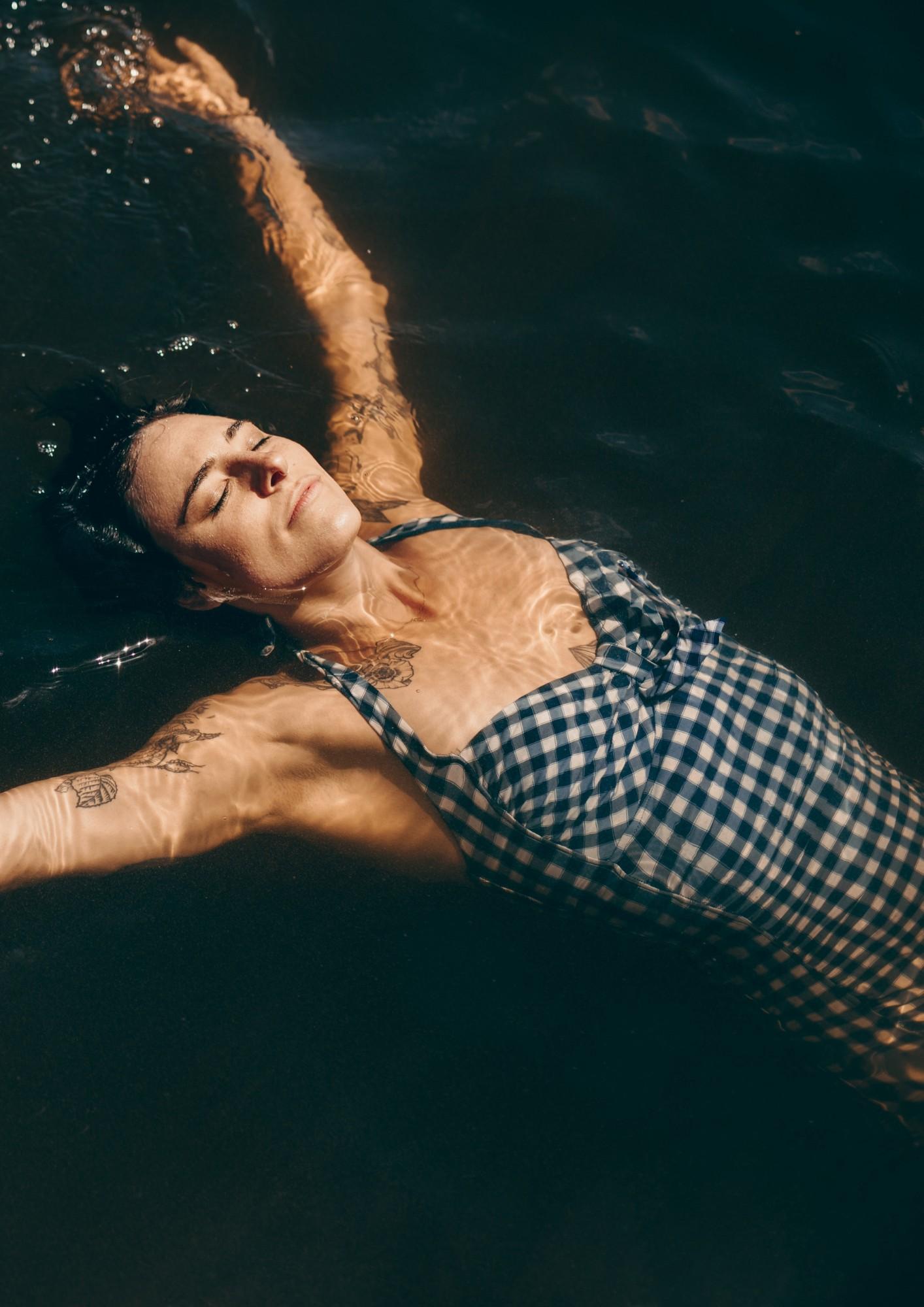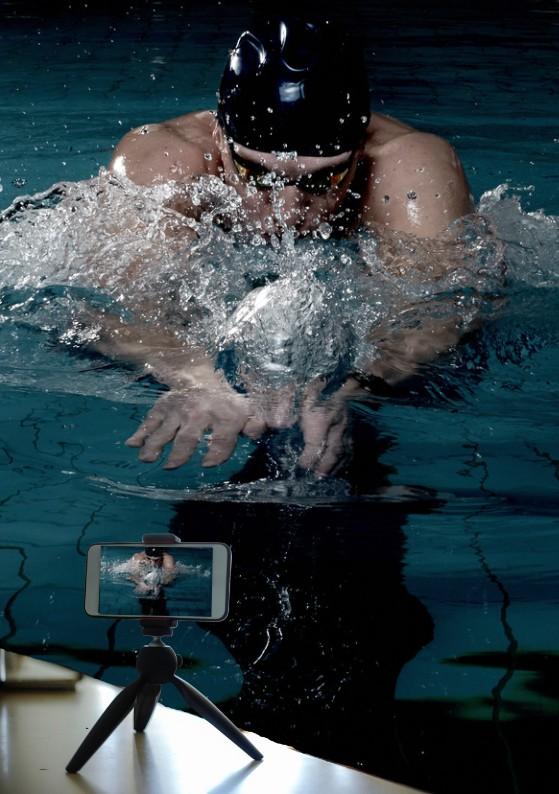
2 minute read
Create a routine
from Chris Cook Swim Jet
by orbro
At the start of every season, on the build-up to a brand new season of racing, we would spend the first few weeks gently breaking into the routine.
There is a temptation to go ‘guns blazing’ but this often doesn’t pay back in the long run. The important part about starting something new is that you are building the habit first and the fitness second. This is really important, because without the regular commitment, the fitness and the goals are just wishes.
It’s also worth noting that setting a deadline with your goal can be hugely beneficial, but don’t get too hung up on this for now! Just starting gently involves doing what you can right here right now and setting realistic expectations. If it’s only a few strokes, then so be it, start there, if it’s a full hour of swimming then so be it, start there.
Top Tip - here is ‘jump in at the point of joy’ and just enjoy making a start.
Many athletes make a journal of their fitness journey, writing down how they feel, what they found a challenge, what they are starting to find easy etc. anything they feel may help them to stay on track.
This helps when reassessing and resetting goals because you will have a live log recorded in the journal of exactly how you are feeling and doing.
It’ll also give you the chance to know when you may need to move things on and adapt your training again.
Importance of Variety
Let’s talk about variety because that’s what’s going to keep you interested. So, how can we vary it up?
There a plenty of ways in which we can vary it up. The first way is to change strokes and work different muscle groups to add extra elements to your training and swimming experience.
You can change strokes at any point in your session, but many swimmers use front crawl for their fitness and back crawl for their recovery.
This is particularly popular because on back crawl we can regulate our breathing easier because the face is out of the water – great tip for recovering the body back to normal(ish) breathing rates and resting state.

There’s also the chance to perform drills of each stroke to provide variety. This really changes up things up, it’s fun and can really improve certain aspects of your stroke.

As a swimmer I spent hours and hours each week working on specific drills to improve part of the stroke.
My main reason for learning news drills is that by breaking down the stroke into smaller parts, when we bring it all back together it can add real value to your technique.
Film yourself
Video yourself swimming! This is such an insightful part of swimming. By videoing yourself and watching it back you can gain so much information about how you are performing the stroke.
Even better if you can choose two or three different angles (Front – dead on! Side or above and also from a position behind you) to film.
You don’t have to be a swimming guru to be able to spot opportunities for better stroke. My best tip and I say this to my 1-2-1 clients all the time in the water is ‘tell me what you are seeing?’. I urge them to tell me what they see in their own terms. So, if their hand is slapping on the right more than the left then ‘say it’ note it down, it’s a good observation.

By looking at your technique from a different angle you can now start to match it up with ‘how does it feel?’.

The next step is to get back in and see if you can feel the hand slapping and adjust it slightly. Now you’re doing what I call ‘Improve and move’. You’re improving the skill or even your awareness of the skill (even just a little bit) and then moving it on.
It is amazing what you can achieve by adopting small changes like this.
Top tip here – try not to change too much here at once! Remember, getting fit is not a sprint, somethings in life take longer than an amazon parcel.








